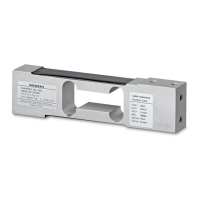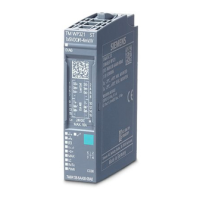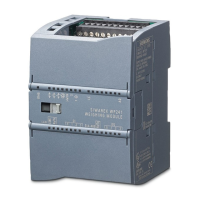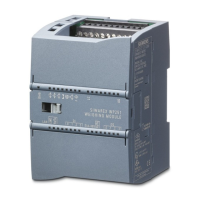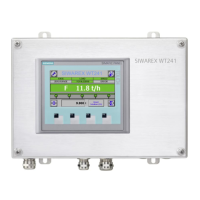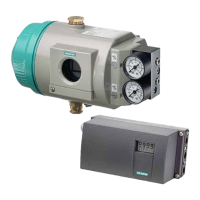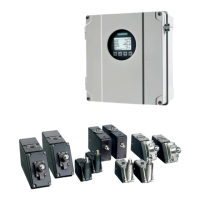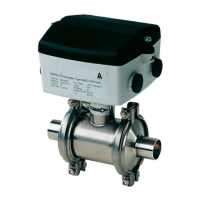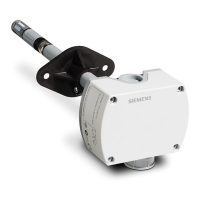Principle of operation
The basic component in each case is a special type of spring body. The application of force
elastically deforms the spring body. The ohmic resistance of the strain gauges changes as a
result.
F
&RPSUHVVHG6*
&RPSUHVVHG6*
6WUHWFKHG6*
6WUHWFKHG6*
Figure 3-2 Principle of operation, based on the example of a loaded bending beam load cell
For each load cell, at least four strain gauges are connected together as a complete Wheatstone
bridge. The stretched or compressed strain gauges are connected in such a manner that the
positive or negative resistance changes are summed to produce an overall imbalance of the
bridge.
The supply voltage is applied across one diagonal of the bridge and, in the case of the six-wire
connection method, also the sensor voltage SENSE. The measured voltage is tapped across the
other diagonal.
For a constant supply voltage EXC, therefore, the measured voltage SIG changes proportionally
to the introduced load. In practice, load cells contain additional resistors for temperature
compensation and for zero-signal and characteristic-value compensation. Depending on their
type and the requirements, these resistors can be arranged at the input or output of the load cell.
6*FRPSUHVVHG6*VWUHWFKHG
6*
VWUHWFKHG
6*
FRPSUHVVHG
(;&
6(16(
(;&
6,*6,*
6(16(
Figure 3-3 The principle of a Wheatstone bridge
Description
3.2 Design and principle of operation
SIWAREX WL200
18 Operating Instructions, 12/2021, A5E02199611B-13
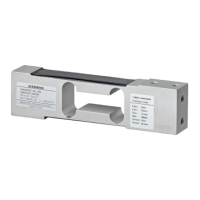
